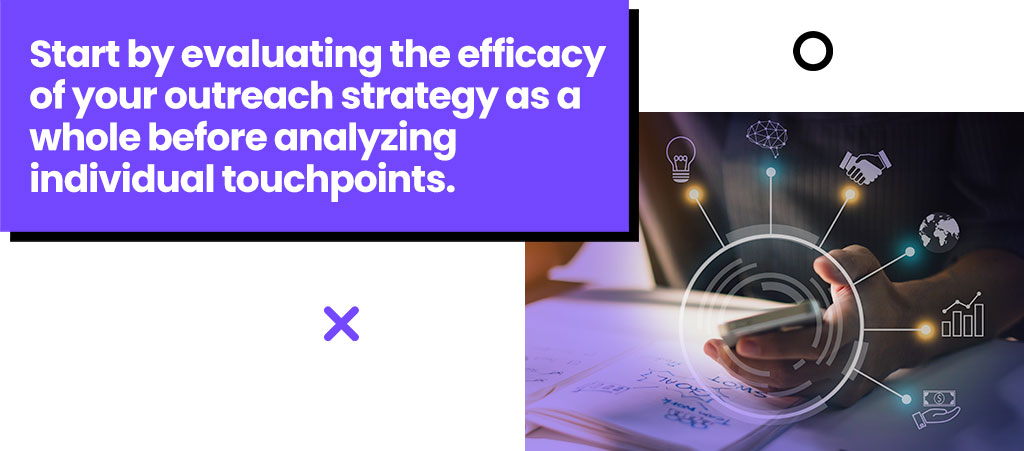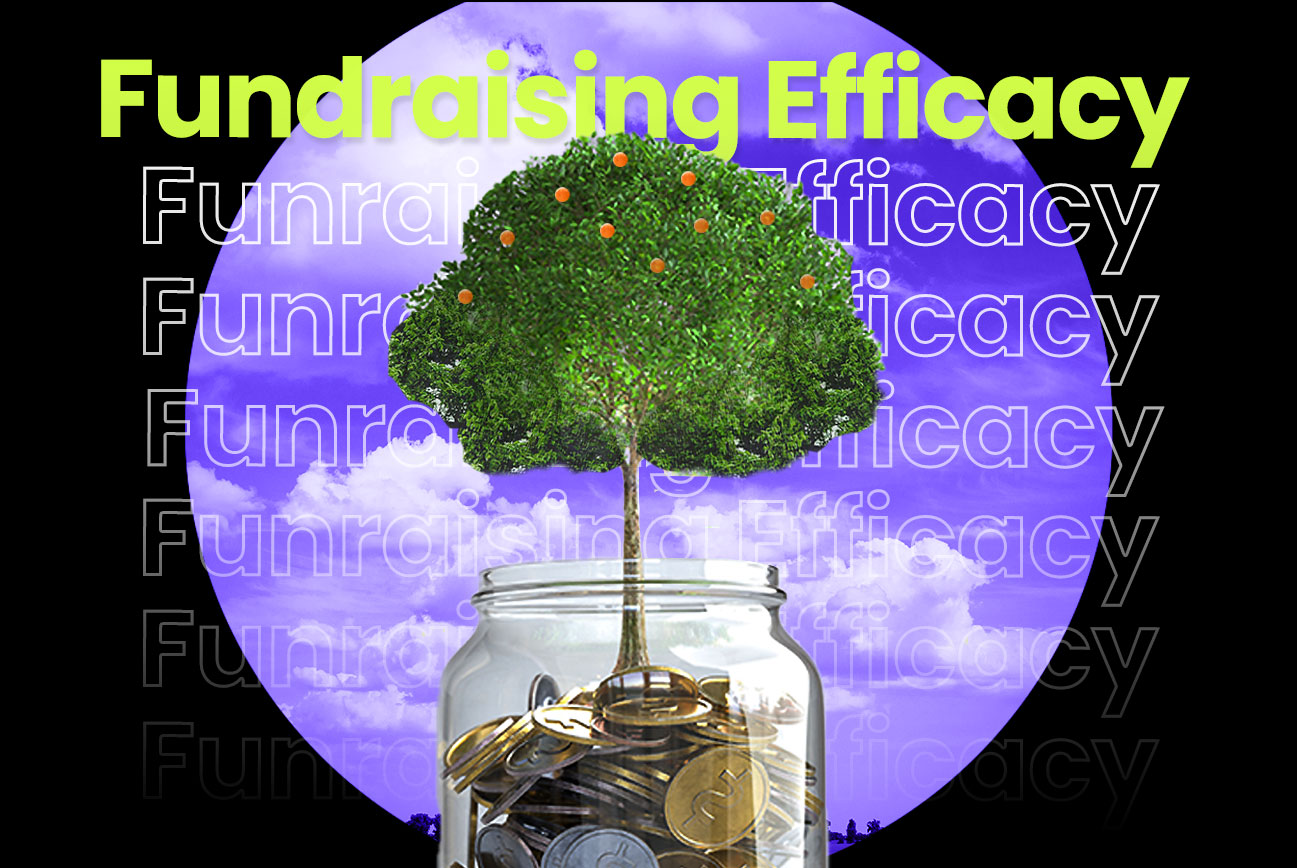Do you feel like your development team is being asked to do more with less? It’s always important to get the most out of your efforts. And improving your fundraising efficacy is critical when budgets are stretched thin!
So, what are the key areas to look at when evaluating your results?
And how do you determine what adjustments will help you improve?
Well, the answers will be different for every organization. But regardless of your nonprofit’s size, audience, or budget, one thing is certain. You will only find the answers by digging into your data.
But it’s not enough to look solely at dollars raised against your goal. Dollars can be deceiving on their own.
Here’s what you need to do:

Measure net revenues.
This first point is often overlooked. So, it’s worth mentioning.
Evaluating your fundraising efficacy is about the big picture. So, you need to consider all appeal-related expenses and subtract that number from your total revenue to get a real feel for your campaign’s success.
This includes things like design, mail, and printing fees. Looking only at your gross numbers paints an inaccurate picture of your results.
For instance, let’s say your campaign raises $30,000. That’s great! But it glitters a lot less if you spent $25,000 getting there.
Most of the money your donors are giving goes right out the window! But your takeaway is much more impressive if you spend that $25,000 and raise $50,000.
The big four.
Response rate, average gift size, cost per donor, and return on investment are the four things every team should keep in mind when evaluating their fundraising efficacy.
These key metrics can help you shape your next appeal and predict future results.
And analyzing these areas will help you compare campaign results year-to-year more effectively.
As we mentioned, you need to think about the big picture. It’s not just how much money your campaign brought in. If you raised less money this year compared to last, don’t you want to know why?
For example, let’s say your last appeal had a lower response rate than prior versions, but the average gift amount was higher.
Now you know what happened and how to adjust your strategy! You may decide to use different ask strings for different segments to boost both response rate and average gift size for your next appeal! It’s all about optimizing.
READ MORE: Applying data-driven ask strings in your appeals.

Analyze segmented audiences.
You know that no two donors are the same. And it would take way too much time to assess every donor’s giving trends.
But you can get a clearer picture by evaluating results for specific audience segments.
One way to do it is using unique tracking codes on reply cards for different donor groups. This allows you to analyze results and see if any group over or under-performed the others.
You may find some hidden insights! And looking at response rates and other variables for audience segments can help pinpoint problems.
As you know, donor retention is a concern for many organizations.
If you find that many of your major donors didn’t give during your last appeal, you can reach out to them and remind them that their support is vital to your work.
And you can share educational materials with donors who have yet to make a second donation and teach them more about your mission before you ask for additional support.
READ MORE: How to thank and retain year-end donors.

Start somewhere simple.
It’s important to start with the big picture when evaluating your fundraising efficacy. You can break it down and get more specific as you get more comfortable interpreting your data.
But you may not need to evaluate every email or social media post. In fact, thinking too deeply about these light touches can lead to snap judgments based on limited data that doesn’t reflect your overall results.
So, start by assessing your communications strategy holistically. Then look at individual campaigns before you start breaking them down to analyze the fundraising efficacy of specific channels, audience segments, or messages.
As always, data is key.
Strong, organized data is essential for finding ways to improve your fundraising efficacy.
It will help you make educated decisions in future campaigns and allows you to continually analyze, adapt, assess, and improve. We can’t tell you exactly what you need to do or where to start. Only your data can.
So, are you ready to dig into your data?









